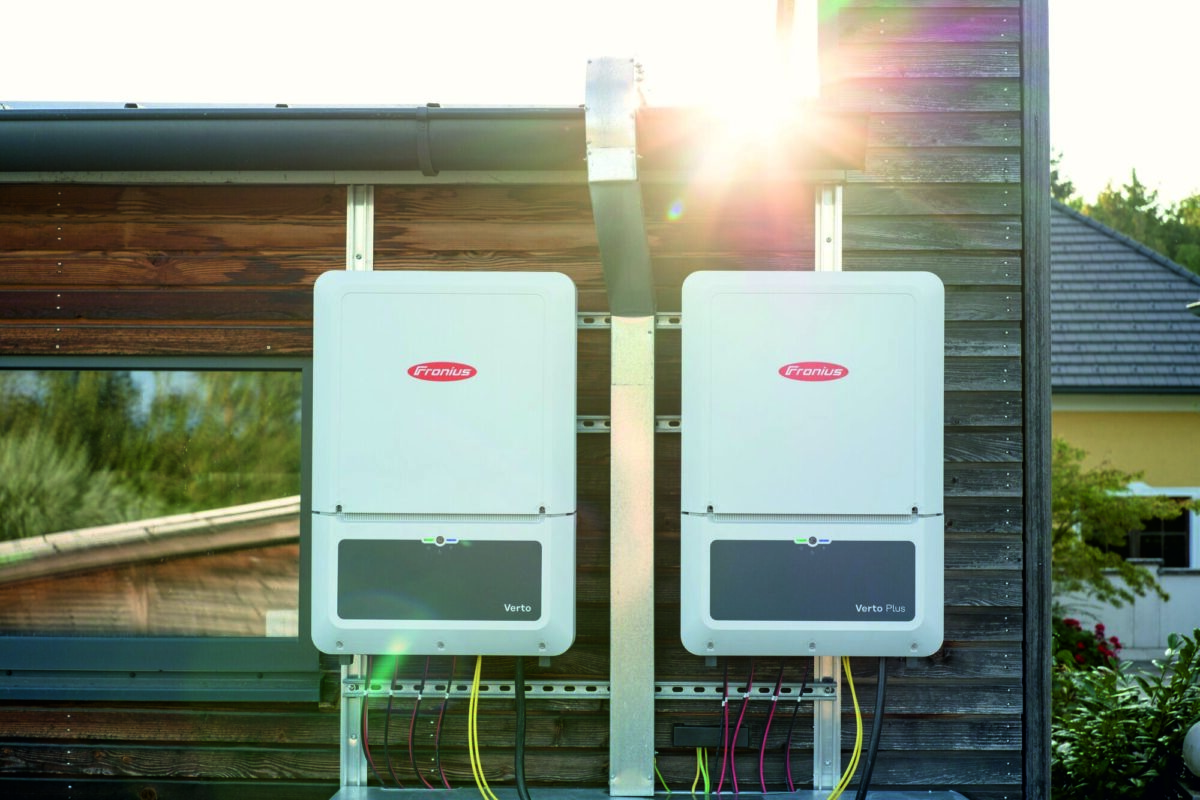At the University of Liverpool, researchers have published a paper in the Advanced Functional Materials journal, outlining how the conductivity of fluorine doped tin dioxide can be improved. This kind of glass is commonly used for the production of touchscreens, solar cells and energy efficient windows.
Coatings are applied to the glass on these items to make them electrically conductive while, at the same time, letting light through. The research team at the University of Liverpool believe there is untapped potential for improved performance on such devices.
Physicists have identified the factors that has been limiting the conductivity of fluorine doped tin dioxide. These should normally allow high levels of electricity conduction because fluorine atoms substituted on oxygen lattice sites are each expected to give an additional free electron for conduction.
However, the scientists have reported that, while using a mixture of experimental and theoretical data, they found that for every two fluorine atoms that provide an additional free electron, another one occupies a normally unoccupied lattice position in the tin dioxide crystal structure.
Each so-called “interstitial” fluorine atom, the scientists explain, captures one of the free electrons and thereby becomes negatively charged. This reduces the electron density by half and also results in increased scattering of the remaining free electrons. This results in limited conductivity for fluorine doped tin dioxide.
Jack Swallow, PhD student at the University’s Department of Physics and the Stephenson Institute for Renewable Energy, said: “Identifying the factor that has been limiting the conductivity of fluorine doped tin dioxide is an important discovery and could lead to coatings with improved transparency and up to five times higher conductivity, reducing cost and enhancing performance in a myriad of applications from touchscreens, LEDs, photovoltaic cells and energy efficient windows.” The team leading the research now plans on finding alternative novel dopants that avoid these drawbacks.
The research involved physicists from the University, the Surrey Ion Beam Centre, as well as collaboration with computational chemists at University College London and global glass manufacturer, NSG Group. The studies were funded by an Engineering and Physical Sciences Research Council grant and the EPSRC’s Centre for Doctoral Training in New and Sustainable Photovoltaics.
This content is protected by copyright and may not be reused. If you want to cooperate with us and would like to reuse some of our content, please contact: editors@pv-magazine.com.



By submitting this form you agree to pv magazine using your data for the purposes of publishing your comment.
Your personal data will only be disclosed or otherwise transmitted to third parties for the purposes of spam filtering or if this is necessary for technical maintenance of the website. Any other transfer to third parties will not take place unless this is justified on the basis of applicable data protection regulations or if pv magazine is legally obliged to do so.
You may revoke this consent at any time with effect for the future, in which case your personal data will be deleted immediately. Otherwise, your data will be deleted if pv magazine has processed your request or the purpose of data storage is fulfilled.
Further information on data privacy can be found in our Data Protection Policy.